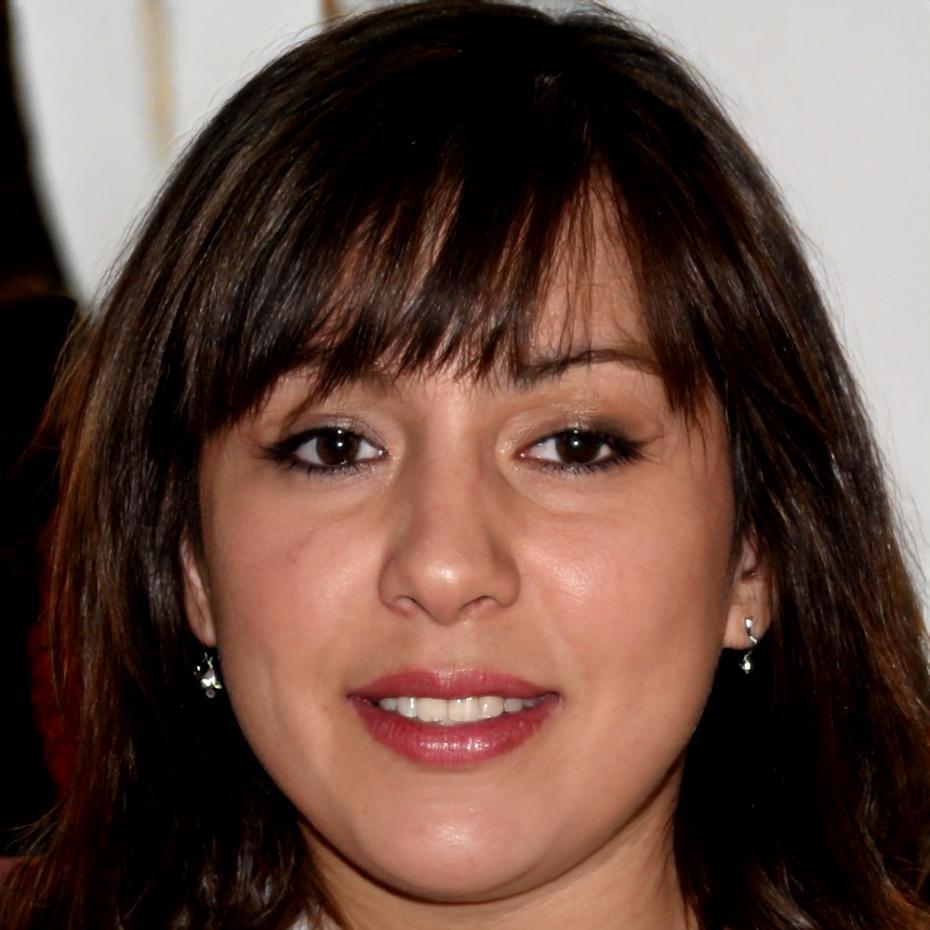We Build Financial Models That Actually Work
Started in 2019 after seeing too many businesses struggle with forecasting. Most people can handle basic spreadsheets—but when you need projections that hold up under scrutiny, things get complicated fast.
Our training helps finance teams and business analysts build models that investors and lenders actually trust. No fluff, just practical methods we've refined over six years working with Australian startups and mid-sized companies.
How We Started Teaching This
Back in 2019, we were consulting on financial models for tech companies in Sydney and Melbourne. The same issues kept coming up: broken formulas, unrealistic assumptions, and projections that fell apart when you changed one variable.
Most founders had someone on their team who "knew Excel"—but financial modeling requires a different mindset. You're not just organizing data. You're building a dynamic system that needs to handle multiple scenarios without breaking.
After explaining the same concepts dozens of times, we realized there was demand for structured training. So we moved to Darwin in 2020 and started running workshops. Response was better than expected, and by 2022 we'd developed a full curriculum.

Our Teaching Approach
Start With Structure
We teach a modular framework first. Revenue, costs, and cash flow in separate sheets that link cleanly. Most people try to cram everything onto one tab—that's where errors hide.
Build Scenario Logic
Good models let you test assumptions quickly. We show you how to set up input controls that cascade through the entire model without manual updates. Change growth rate, see impact everywhere.
Stress Test Everything
Before you present any projection, it needs to survive scrutiny. We walk through common breaking points—negative cash, circular references, hidden hardcodes—and how to audit for them systematically.




What We Focus On
Financial modeling isn't one skill—it's several. We concentrate on three areas that create the biggest problems when done poorly.
First is logical structure. If your model requires 20 minutes of explanation, it's too complex. We teach clean architecture that makes sense six months later when someone else opens the file.
Second is assumption tracking. Every input needs documentation: where it came from, why it's reasonable, what range it could fall in. Otherwise you're just guessing with extra steps.
Third is presentation. Your model might be perfect, but if stakeholders can't quickly grasp the key outputs, it won't get used. We show you how to build executive dashboards that communicate clearly.

Rhiannon Kelleher
Started building financial models in 2016 at a mid-market accounting firm in Melbourne. Moved into corporate finance consulting before relocating to Darwin and launching these training programs.
Most of my work now focuses on teaching—but I still take on occasional consulting projects to stay current with what's actually being used in the field. That practical experience directly informs how we structure the curriculum.
If you're considering enrollment for late 2025 or early 2026, reach out with questions. I respond to all inquiries personally and can give you a realistic sense of whether the program suits your current skill level.